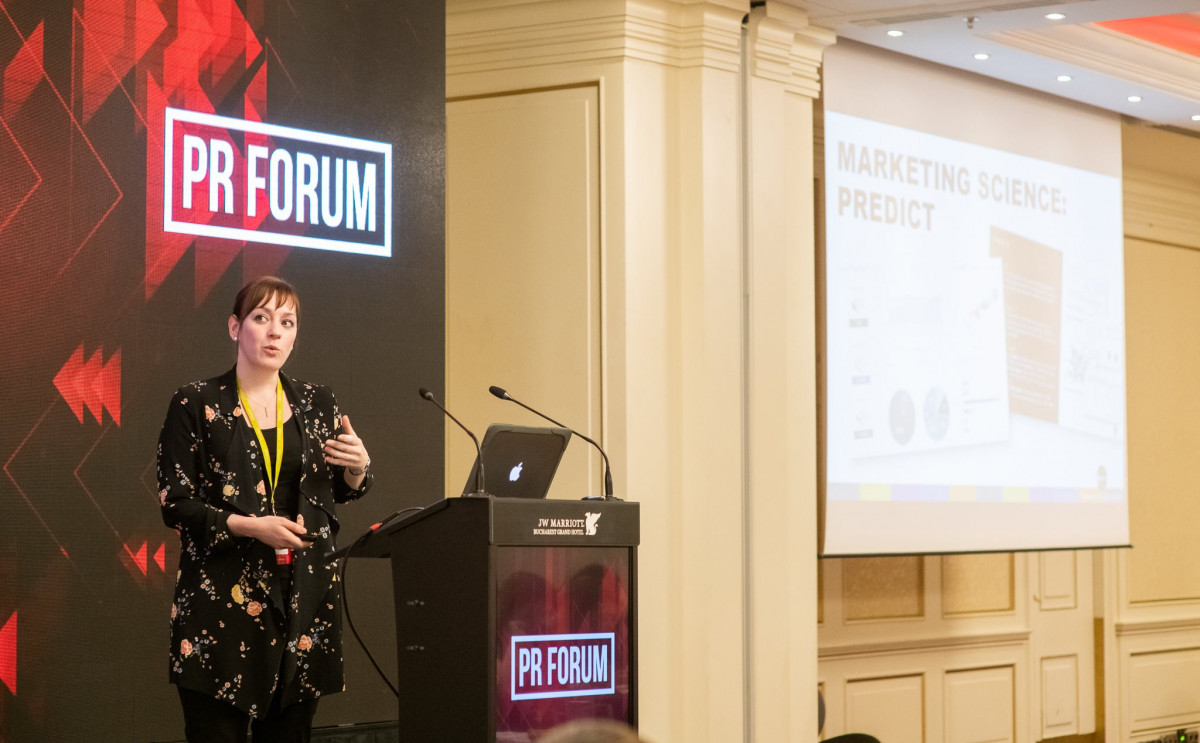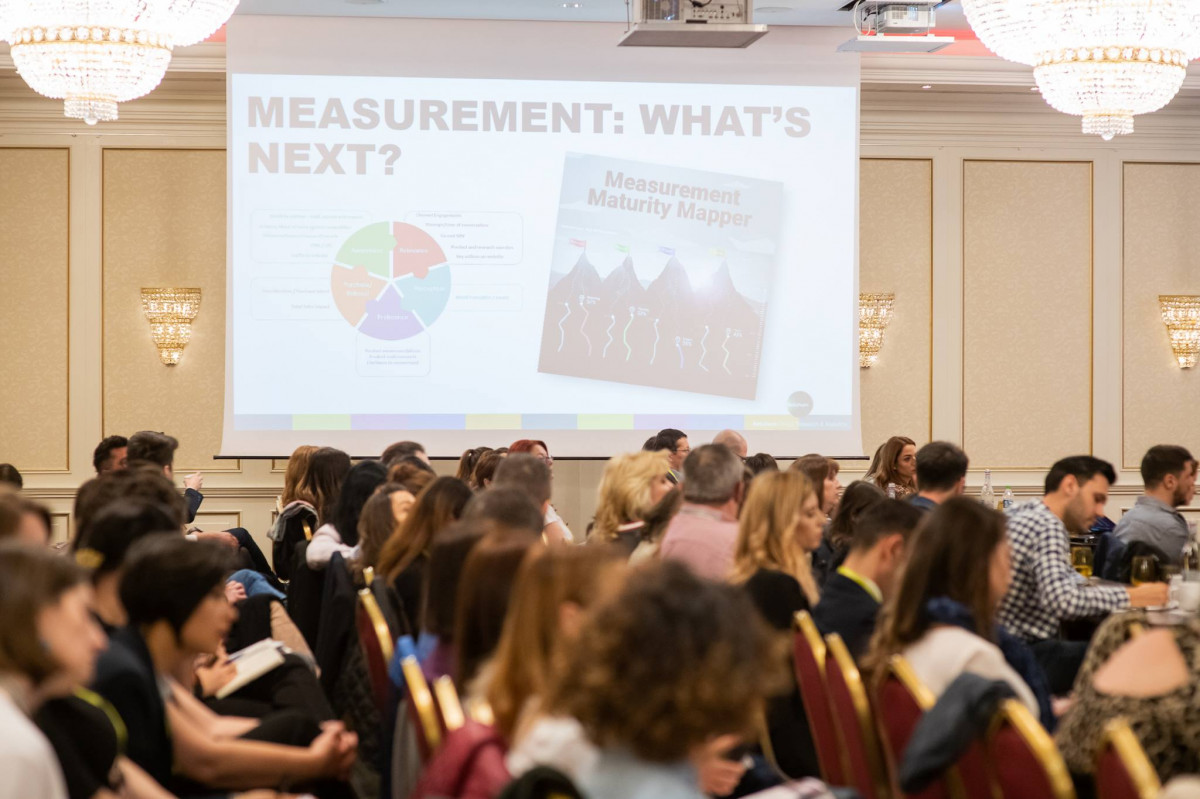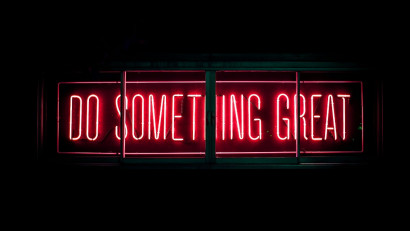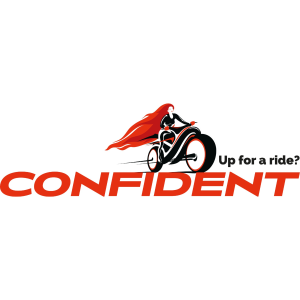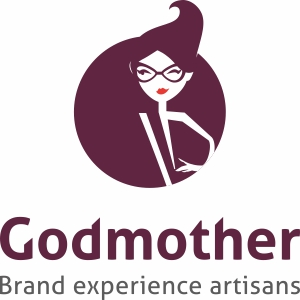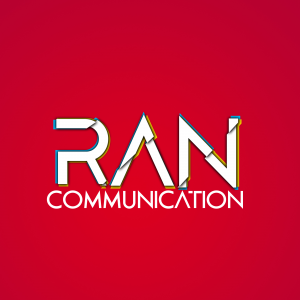PR research today means more access to reliable consumer truths through Machine Learning and Biometrics technologies. However, measuring PR impact in businesses is still a challenge, and one that might not develop into an easy answer or a standard practice, which makes sense, says Fran Cavanagh (Head of Research and Analytics, Ketchum London). Through learning more about consumers and businesses alike, the need for constant adaptability on the measurement front is becoming clearer.
Ketchum is a global PR consultancy whose more recent projects include the Libresse (Bodyform) - "Blood Normal" campaign, awarded with the Glass Lion and a Titanium Lion in Cannes last year. On that particular campaign, Fran tells us the insight Ketchum found wasn't necessarily the fact that periods are still taboo, but that they are even now still more taboo than other, more rationally controversial subjects.
Invited by Graffiti PR, exclusive affiliate of Ketchum in Romania, Fran Cavanagh spoke at this year's edition of PR FORUM, held in Bucharest on March 28th & 29th, touching the way PR results should be interpreted and measured. We asked her a few questions around the topic, as well as about her experience during years of tech breakthroughs in research.
Versiunea in limba romana, aici.
Your background. Breakthroughs seen throughout
I started my career as a generalist social and market researcher, before developing an interest in digital analytics techniques and how they can help us understand people’s behaviours both online and offline. I ran a Data Science team prior to joining Ketchum London’s Analytics practice, and love looking for opportunities to use innovative new research techniques to answer our clients’ big questions.
Machine Learning and Biometrics are two technologies that have opened up so many different avenues for PR researchers in the past couple of years. We can now analyse and categorise huge datasets with Machine Learning (for example, to create audience profiles or see the sentiment of social conversations).
With Biometrics, we’re able to see more of people’s true emotional responses to stimuli than was ever possible before. It’s a truly exciting opportunity for us to understand more about what motivates audiences, and how they respond to our content on a raw emotional level.
Ketchum & its focus on insight-led creativity
Ketchum understands that great creative work should be grounded in real insights about our audiences and the world they live in. Our Analytics team form part of an integrated Creative Services function that includes Design & Production and Digital, Strategy & Creative. That means that we’re in a great position to understand what data is most needed to inform strategy and creative executions, as we work closely alongside specialists in those disciplines.
I encourage my team to learn more about the creative process, and about how data and research fit into the bigger picture of all the work Ketchum does alongside clients. Two of our team members share their time with our Digital team, where they get to see how data informs the creative content and strategies Ketchum create for clients.
The role of creativity in data analysis
I always find it strange that data and creativity are popularly seen as polar opposites.
Almost every time my team gets a brief from a client, they will need to figure out how to answer questions they haven’t asked before, because every campaign has its own specific aims and context. Our analysts need to figure out daily which methodologies are the best fit – should we measure the effectiveness of this content with a survey, digital channel metrics, or a combination? Do we speak to an audience directly to understand their interests, or observe what they say about a particular topic online? That is a creative process.
A good example of a process that is actually deeply creative, but might not seem it, is the creation of measurement frameworks. A good measurement programme usually includes a kick-off session with the client, mapping out their communications and business objectives, and identifying which 3 or 4 are truly the most important for them in the coming year.
From there begins the creative process of figuring out which measures will truly show performance against each metric, and how closely we can actually measure those in the real world.
If we want our influencers to get people interested in a brand, for example, measuring engagement metrics alone might not tell the whole story. Instead, we might want to measure the proportion of comments on the influencers’ posts that actually reference the brand being promoted vs. the proportion that just talk about the influencer themselves.
Surprising insights, turned creative PR campaigns
Ketchum’s „Blood Normal” campaign for Libresse (Bodyform) has gained a lot of praise for its no-nonsense approach to the topic of periods. The insight that not only are periods taboo (which I think most people already knew), but that they are actually still more taboo than seemingly more controversial topics like the gender pay gap, provided the powerful emotional hook for that very successful campaign.
Insights into how consumer attitudes are changing over time have helped guide Ketchum’s general areas of focus, too. The insight that 90% of consumers trust peer recommendations, but only 1/3 trust ads, has reinforced Ketchum’s belief that influencer campaigns are a crucial element in any modern PR arsenal.
Looking for catch-all metrics in PR
The search for a „silver bullet” for PR looks set to continue indefinitely. Personally, though, I don’t think it’s that helpful to focus too hard on trying to find one. KPIs should be as specifically relevant to business and communications goals as possible, and that means that any metric that works best to evaluate the effectiveness of one campaign won’t necessarily be appropriate for the next one.
As organisations move through their PR journey from promoting general awareness of their business, through to engagement with their messages, and finally to actual behavioural changes, the KPIs they need to track will change accordingly.
While I would always recommend setting benchmarks, so you can see how your impact on your audiences evolves over time, measurement frameworks also need to be flexible enough to adapt as your business and communication priorities change.
What does the future of research & analytics look like to you?
Clients are certainly asking about data more than ever before. There’s an ever-increasing desire to prove the ROI of PR, spurred on in part by the rich data that teams in related spaces like media buying have at their disposal.
I’ve been discussing the need for more accurate sentiment analysis in social media listening for a number of years now, and this is an area where technology is finally starting to catch up with what a manual analysis can achieve, only at scale and much more quickly. Machine Learning and Natural Language Processing techniques are constantly improving, allowing us to more accurately track sentiment relating to specific topics than ever before, and to more accurately process conversations in less common languages.
Influencer marketing is a huge growth area for PR in 2019, and how we effectively measure influencer activity against the rest of the communications, PR and media mix will continue to be an interesting and evolving question.
Finally, biometrics are helping researchers understand how people physically react to content and messages, taking us beyond what people say to how they respond on an emotional level. That opens up some hugely exciting opportunities for audience research and campaign testing.



